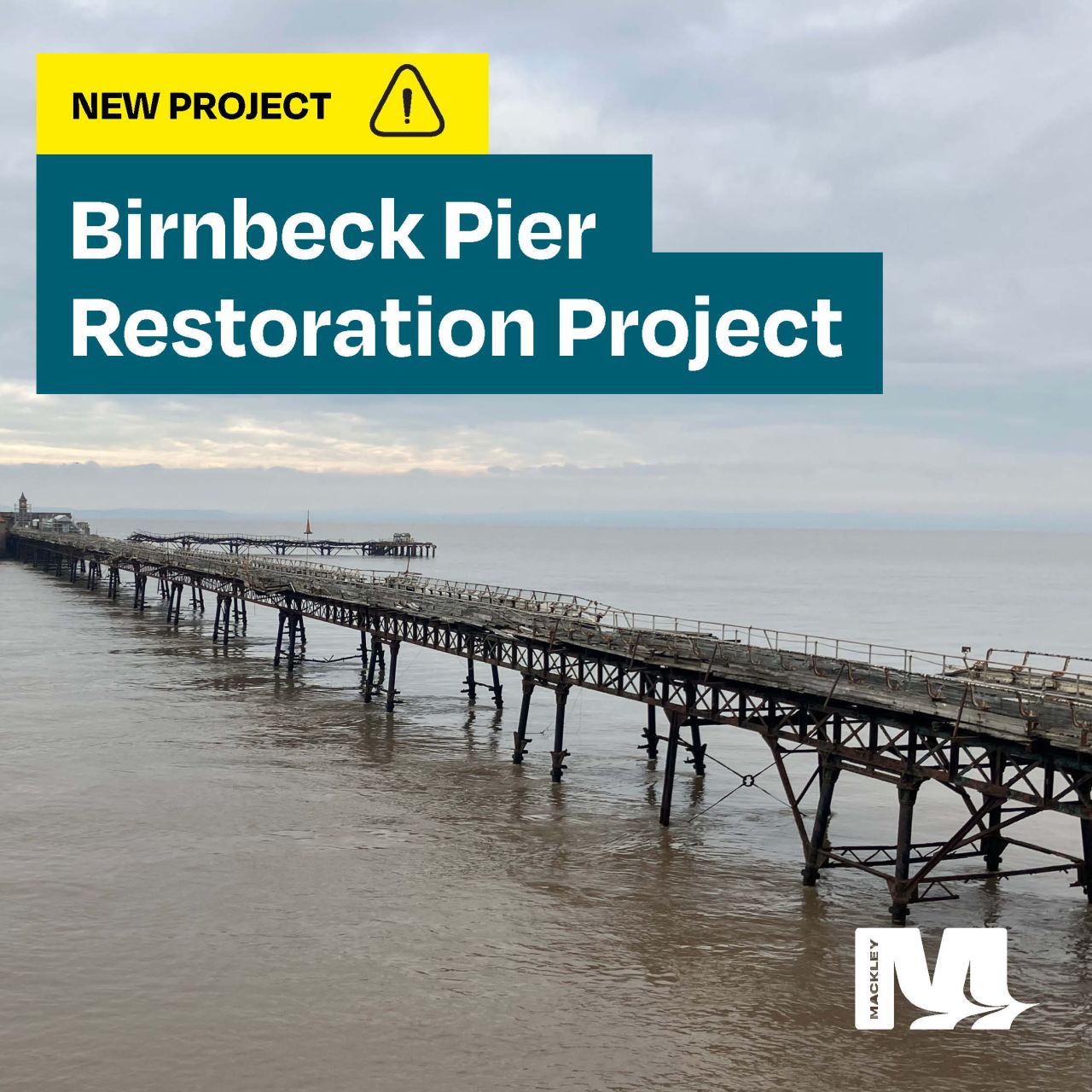A behind the scenes video has highlighted some of the complexities Mackley overcame during the completion of the Broomhill Sands Coastal Defence Scheme.
The £30m Broomhill Sands scheme, delivered by Mackley working as part of Team Van Oord and on behalf of the Environment Agency, took two years to complete and provides improved protection from flooding for around 1,400 homes and 100 businesses along a 2.5km stretch of the East Sussex coastline.
It involved the construction of a new 2.4km sea defence and 1,7km rock revetment, the improvement of 700 metres of shingle beach and the construction of eight new timber groynes to stabilise and protect the beach.
It was officially opened in May 2016 by Emma Howard Boyd, Chair of the Environment Agency and is currently nominated for four BCI Awards.
The video, available to watch online, outlines details of the scheme before discussing a number of the issues faced by the project team.
Among those issues were the tide and public safety, with the contract stating that 500m of beach must remain open at all times during the project.
Broomhill Sands is very popular with kite surfers and the video shows how, in addition to signage and beach patrols, Team Van Oord developed an innovative system to inform and educate beach users on any potential hazards that might be encountered on the construction site.
Jasper Blaauw, Team Van Oord site manager, said: “During the construction works we had to deal with something which is very typical for the United Kingdom and that is the large tides.
“This means we were planning the works between 6am and 10pm when the tide is low.
“Camber is one of the most popular areas for kite surfing in the UK. One of the biggest challenges of the project was maintaining public safety.”
Broomhill Sands – Did you know?
- 265 thousand tonnes of rock armour was brought in from Norway, with each individual rock weighing up to 10.5 tonnes.
- The rock was delivered on a barge, which carried approximately 24,000 tonnes of rock.
- The pre-cast elements used to construct the concrete wave wall were brought to the UK from Holland via road.
- 25 existing groynes were removed from the site – the planking was reused for cladding while the poles were turned into a sculpture.
12 September 2016


